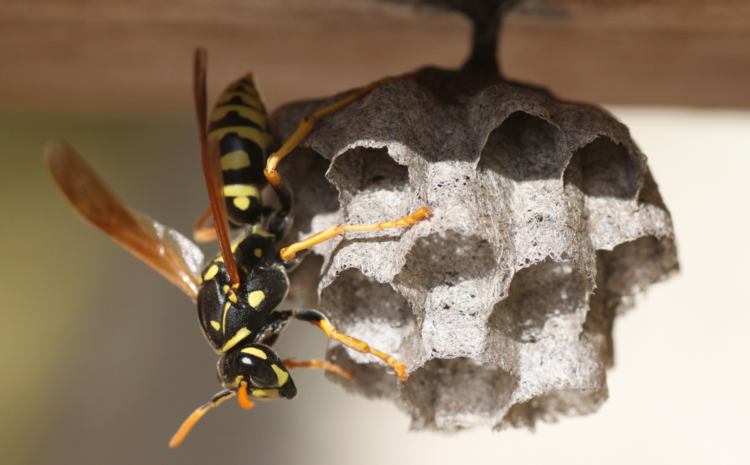
Managing Wasps in Residential Areas: A Guide to Pest Control
Wasps, with their buzzing presence and sometimes painful stings, can be unwelcome guests in residential areas. As spring arrives and temperatures rise, these insects become more active, often building nests near homes and gardens. While they play a role in pollination and pest control themselves, their presence can pose risks to human health, especially for those allergic to their stings. In this blog, we’ll delve into understanding wasps, their behavior, and effective strategies for managing them in residential settings, with a focus on humane and environmentally friendly pest control methods.
Wasps belong to the order Hymenoptera and are closely related to bees and ants. Unlike bees, which primarily feed on nectar and pollen, wasps are predators and scavengers, preying on other insects and scavenging on sugary substances. They typically build nests in sheltered locations, such as under eaves, in tree branches, or in the ground, using wood fibers mixed with saliva to create paper-like material.
Common Wasp Species:
- Yellowjackets: Recognizable by their yellow and black stripes, yellowjackets are aggressive wasps known for their painful stings. They often build nests underground but can also nest in wall voids or attics.
- Paper Wasps: Paper wasps are less aggressive than yellowjackets but will defend their nests if threatened. They build umbrella-shaped nests under eaves, in shrubs, or in trees.
- Hornets: Hornets are the largest of the wasp family and are known for their potent sting. They construct large, papery nests typically found in trees or shrubs.
While most people will only experience temporary discomfort from a wasp sting, individuals allergic to their venom can suffer severe reactions, including anaphylaxis, which can be life-threatening. Additionally, the presence of wasp nests near homes can disrupt outdoor activities and pose a risk to children and pets.
Effective Pest Control Strategies:
- Prevention: Seal any gaps or cracks in your home’s exterior to prevent wasps from entering and nesting indoors. Keep outdoor garbage bins tightly sealed, as they attract wasps searching for food.
- Early Detection: Regularly inspect your property for signs of wasp activity, such as nests, buzzing sounds, or an increase in wasp sightings.
- Natural Repellents: Planting certain herbs and flowers, such as mint, citronella, and marigolds, can help deter wasps from nesting near your home.
- Professional Assistance: If a wasp nest is detected on your property, it’s best to seek help from a licensed pest control professional. They have the expertise and equipment to safely remove nests and apply targeted treatments to prevent future infestations.
Wasps are a common nuisance in residential areas, but with proper understanding and proactive pest control measures, their presence can be managed effectively and safely. By taking preventive steps, monitoring for signs of activity, and seeking professional assistance when needed, homeowners can enjoy a wasp-free environment and peace of mind during the warmer months. Remember, humane and environmentally friendly pest control practices not only protect our homes but also contribute to the overall health of our ecosystems.
